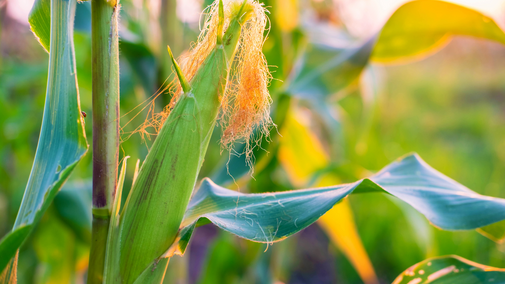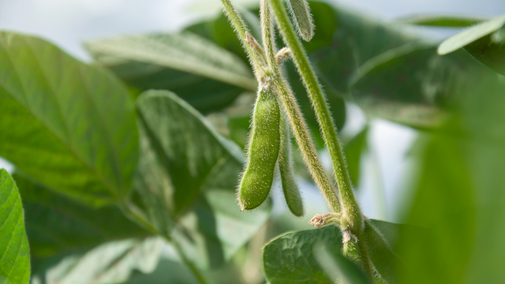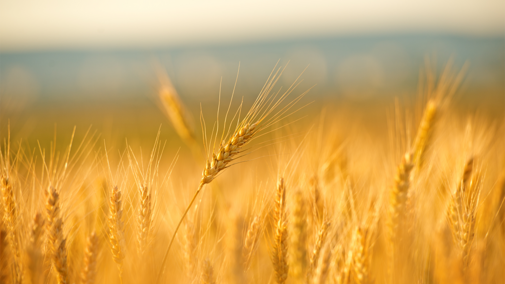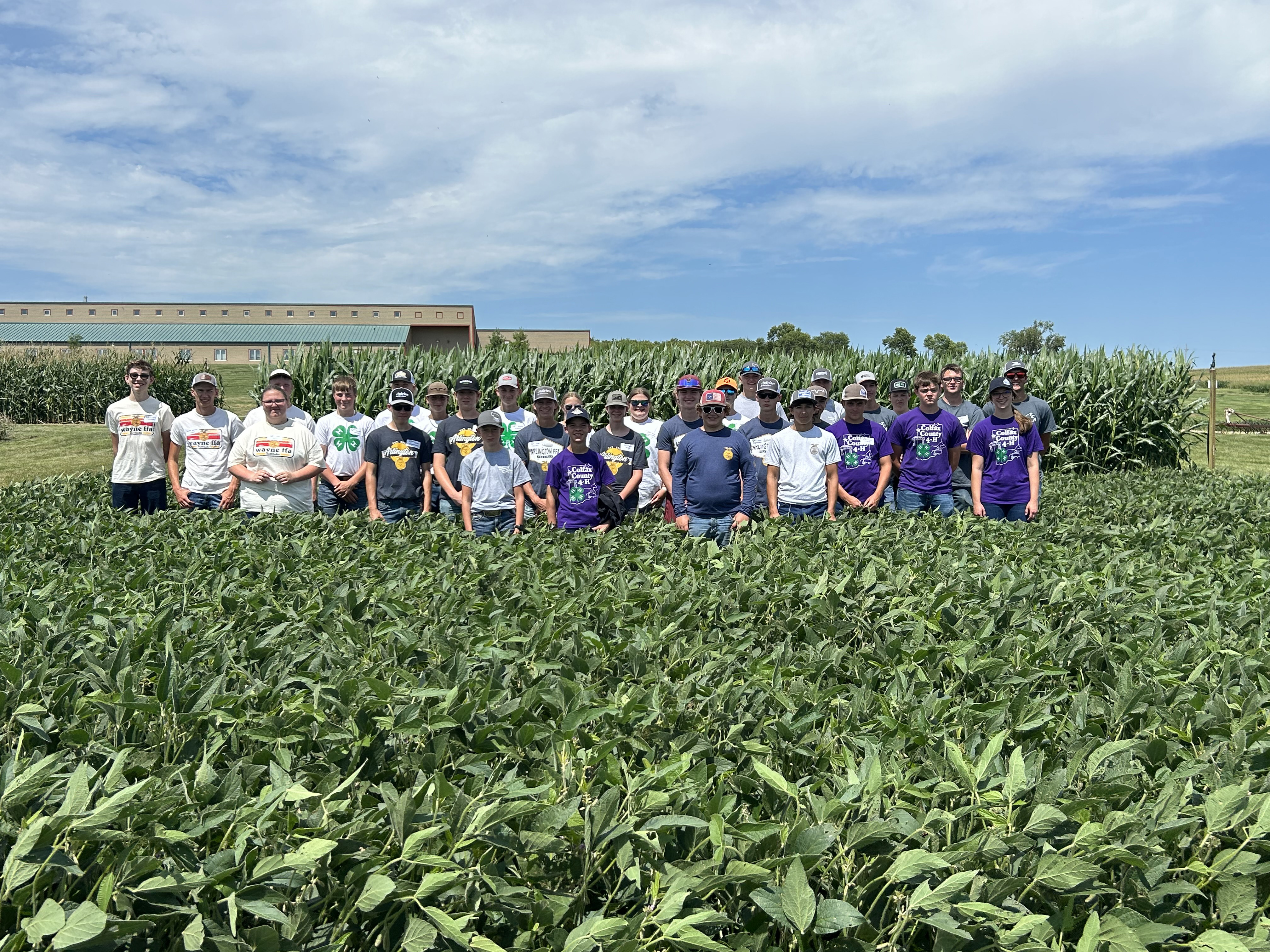
Corn Production
Corn production in terms of bushels/acre has increased dramatically over the years –from 26 bushels/acre produced in Nebraska in the 1900s to 178 bushels per acre (a new record) produced in 2009.
- In the last decade, corn yields in Nebraska increased 41%.
— Nebraska Corn Board, 2010
Corn Facts
- An ear of corn averages 800 kernels in 16 rows.
- A pound of corn consists of about 1,300 kernels.
- Today, each U.S. farmer produces food and fiber for 155 people in the United States and abroad.
- A corn plant can be anywhere from 5 to 12 feet tall, on average 8 ft tall by midsummer and a healthy corn's roots can reach 6 ½ feet into the ground!
- Corn growth and development occurs in the vegetative and reproductive stages.
- Different corn plants have different numbers of ears; some might have two to three ears!
- Silks on corn are essential for pollen from the tassels to fertilize the plant. If its too hot, silks can dry out and not fertilize all sites on a corn cob, thus resulting in a gap on the ear of corn where no kernels developed because they weren't fertilized.
- Different kinds of corn are grown for different uses:
- Yellow Dent Corn — Feed, ethanol, food
- White Dent Corn — Food
- Popcorn — Yellow, white, microwave
- Sweetcorn — Food
- High Lysine, High Oil — Specific uses for feed or industry
- Flint Corn — Decoration
Of the top five crops grown in America today — corn soybeans, wheat, alfalfa and grain sorghum — only corn is native to America.
Resources

Soybean Production
- Nebraska soybean yields in 2009 averaged more than 54 bushels per acre; in the 1920's average yield was 14 bushels/acre.
- Irrigated soybean yields are 62 bushels/acre while rainfed soybeans average 36 bushels/acre
— Nebraska CropWatch
Soybean Facts
- Soybeans are the world's foremost provider of protein and oil.
- Soybeans are a legume plant related to clover, peas and alfalfa.
- Soybean vegetative stages are numbered according to how many fully-developed trifoliate leaves are present. The reproductive (R) stages begin at flowering and include pod development, seed development, and plant maturation. Soybean growth and development.
- A 60-pound bushel of soybeans yields about 48 pounds of protein-rich meal and 11 pounds of oil. There are many uses of soybeans, many often not thought of.
- More soybeans are grown in the United States than any other country in the world.
- Farmers plant soybeans in late spring.
- During the summer, soybeans flower and produce 60-80 pods, each holding three pea-sized beans.
- In the early fall, farmers harvest their crop for soybeans.
Resources

Wheat Production
- Winter wheat is one of the major field crops grown in Nebraska, along with corn and soybean.
- In 2007, more than 256,000 acres were grown under irrigation in the state.
- Nebraska is typically one of the top 10 winter wheat producing states in the U.S.
- Production is mainly in the western part of Nebraska, but recently acreage in the south-central and eastern parts of the state has increased.
Wheat Facts
- Six classes bring order to about 30 thousand varieties of wheat. They are: Hard Red Winter, Hard Red Spring, Soft Red Winter, Durum, Hard White and Soft White.
- More foods are made with wheat than any other cereal grain.
- One bushel of wheat contains approximately one million individual kernels.
- One bushel of wheat weighs approximately 60 pounds.
- One bushel of wheat yields approximately 42 pounds of white flour.
- One bushel of wheat yields approximately 60 pounds of whole-wheat flour.
- A bushel of wheat yields 42 commercial loaves of white bread (one-and-a-half pound loaves).
Resources

Sorghum Production
- Nebraska is a leading producer of sorghum in the U.S., typically ranking around fifth for total production.
- In 2023, more than 225,000 acres were harvested in Nebraska.
- Production is mainly in the southern part of Nebraska.
- Much of the sorghum in Nebraska is planted using a minimum or no-tillage system.
Sorghum Facts
- Sorghum is a coarse, upright growing grass that is used for both grain and forage production. Grain sorghum is shorter and has been bred for higher grain yields.
- A grain sorghum plant looks a lot like a corn plant but is shorter and more colorful. The head grows on the top of the plant and is white, yellow, red or bronze.
- Grain sorghum is also called "milo" and is a major feed grain for cattle. Sorghum has a very hard kernel, which makes it resistant to disease and damage but harder to digest for animals.
- Sorghum is ground, cracked, steam flaked, and/or roasted. It can be cooked like rice, made into porridge, baked into flatbreads and popped like popcorn.
